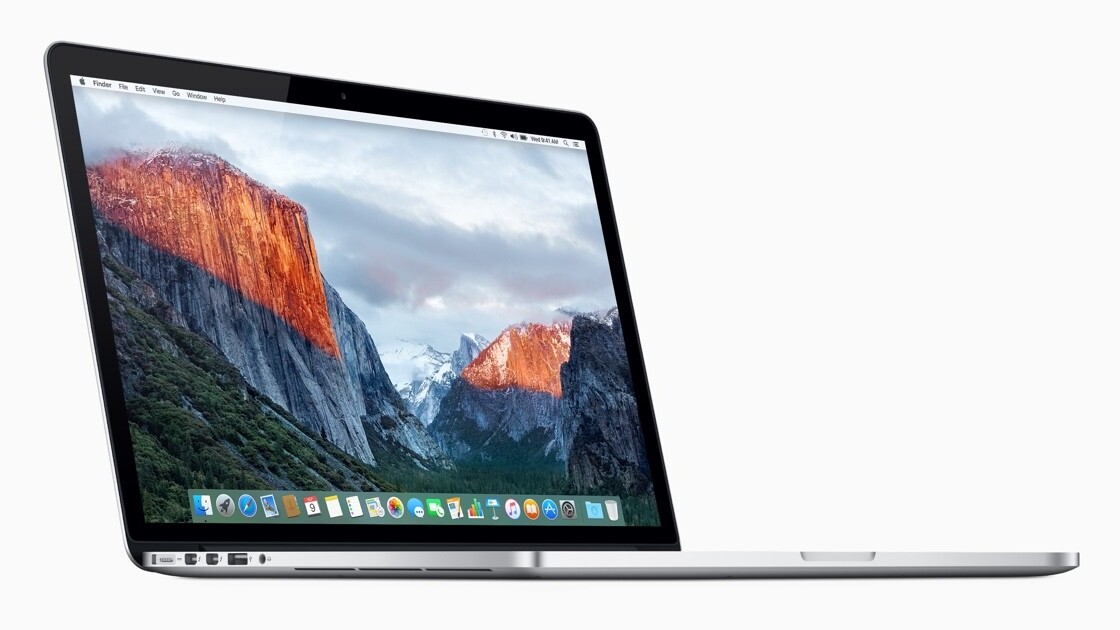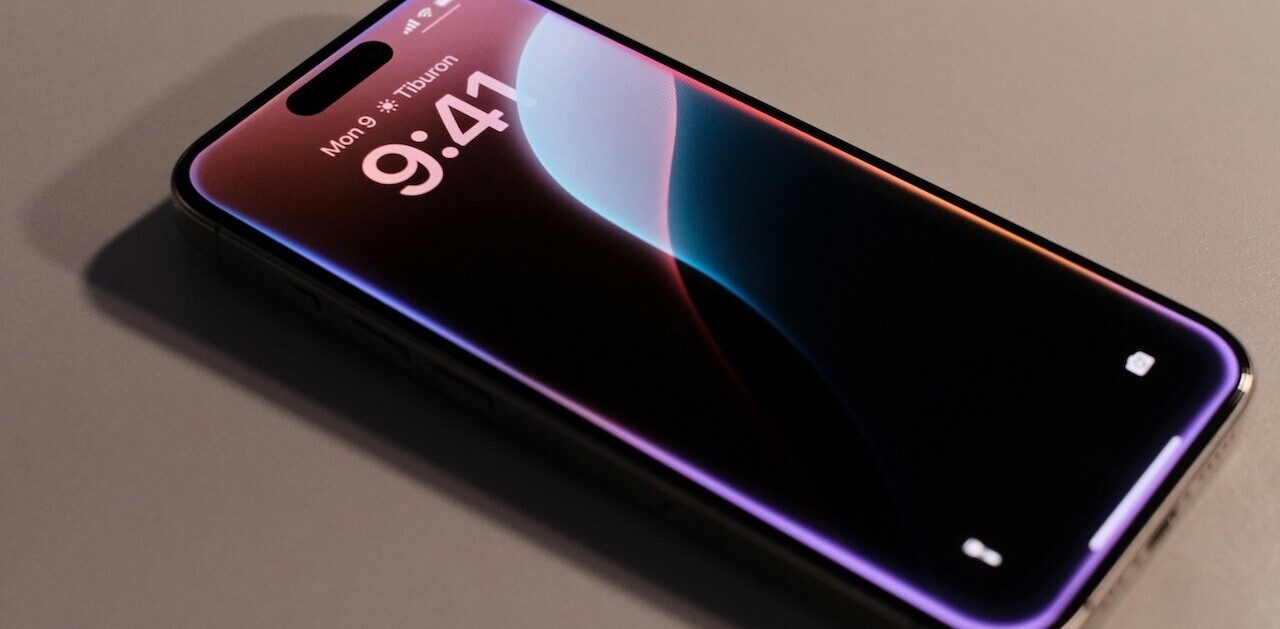
Welcome to TNW Basics, a collection of tips, guides, and advice on how to easily get the most out of your gadgets, apps, and other stuff.
If you find your MacBook acting strangely, and seemingly for no reason, resetting the SMC may help. There are a number of things that could signal an SMC issue, from screen resolution problems, to a PC that doesn’t seem to want to reboot. And while resetting the SMC isn’t a cure-all approach to diagnosing problems, it’s a great place to start.
What is the SMC?
SMC stands for system management controller, and it’s a chip on any Intel-based MacBook that acts as lynchpin for running smaller hardware processes, such as those needed to use keyboards, fans, and LED indicators.
According to Apple, the SMC is responsible for:
Responding to presses of the power button
Responding to the display lid opening and closing on Mac notebooks
Battery management
Thermal management
Sudden Motion Sensor (SMS)
Ambient light sensing
Keyboard backlighting
Status indicator light (SIL) management
Battery status indicator lights
Selecting an external (instead of internal) video source for some iMac displays
If you’re having these issues, or other, random ones that you can’t troubleshoot, start with the SMC. Once it’s restarted, you may find that the issue goes away. And if not, you can move on to more advanced means of troubleshooting.
But try this first.
How to reset the SMC on a MacBook
First things first, it’s important to be able to identify which model of MacBook you have. To do that, if you aren’t quite sure, just hit the Apple icon in the upper left of the screen, and select About this Mac. This screen should tell you all you need to know about your current machine, and which steps to follow in resetting the PRAM.
On the newest models, those from 2018 or later (MacBook’s and other Apple products with the T2 security chip), try this:
- Shut down your MacBook.
- To restart, hold down the power button for 10 seconds, and then release it.
- If the problem isn’t fixed, turn the Mac off once more
- Press and hold the right Shift key, left Option key, and left Control key for seven seconds. Keep them depressed until after the next step.
- Now hold the Power button for seven seconds (while holding the other buttons — it’s a bit of finger yoga, I know) and then release all of the keys.
- Restart the PC after it boots.
For any MacBook with a non-removable battery, typically from before 2018, do this instead.
- Shut down your Mac.
- Press and hold the left Shift, Control, and Option buttons on the keyboard for 10 seconds.
- Release all of the keys and wait while the PC reboots.
If you have an older Mac, from 2015 or before, reset the SMC using these steps:
- Shut down the Mac.
- Remove the battery.
- Press and hold the power button for five seconds.
- Reconnect the battery and turn on the PC.
Get the TNW newsletter
Get the most important tech news in your inbox each week.




